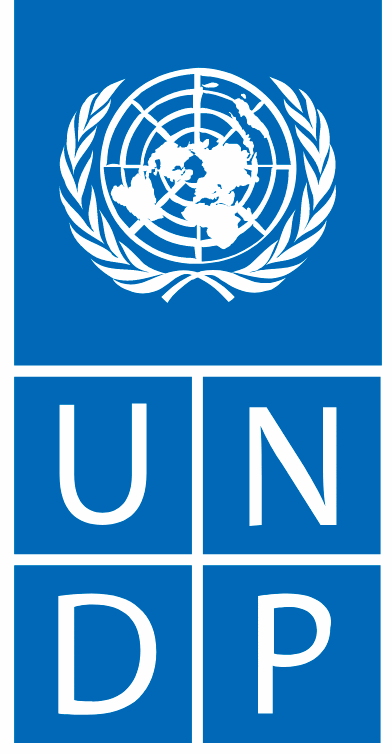For countries in the ECIS region, catastrophe bonds can remove risks from government balance sheets and reinforce macro-economic stability while providing access to rapid recovery funding, but more understanding of this asset class needs to take place in the region, according to industry experts.
 Countries throughout the Europe and Commonwealth of Independent States (ECIS) region are susceptible to a wide range of natural disaster events, which, are constantly evolving and appear to be increasing in both frequency and severity in response to the changing climate.
Countries throughout the Europe and Commonwealth of Independent States (ECIS) region are susceptible to a wide range of natural disaster events, which, are constantly evolving and appear to be increasing in both frequency and severity in response to the changing climate.
Despite the success of the traditional 144A catastrophe bond structure in the U.S., with the majority of yearly cat bond issuance being focused on peak U.S. perils, catastrophe bond transactions that offer insurance or reinsurance protection for ECIS peril regions are few and far between in comparison, and, as shown by the Artemis Deal Directory, mostly focus on European windstorm risks.
But countries in the ECIS region aren’t just exposed to windstorm risks, and the success of catastrophe bonds in other parts of the world shows how sovereign risk can be transferred to the capital markets, as highlighted by industry experts and the United Nations Development Programme (UNDP) who participated in a recent event in the region and spoke with Artemis afterwards.
“During 2005-2014, the region of Eastern Europe and CIS alone faced 314 disasters, resulting in more than 60,000 people killed, 11 million people affected and 25 billion US dollars’ worth of damage. The region of the Balkans, Caucasus and Central Asia has always been exposed to a big earthquake threat, and this has now, due to climate change, been joined by a huge flood exposure, whereby extreme weather events are fast becoming normal in the Balkans,” commented Kirill Savrassov, Chief Executive Officer (CEO) of Phoenix CRetro Reinsurance Company Ltd.
“Out of various available options the CAT Bonds seems to be the best way of Sovereign Disaster Risk transfer for the ECIS region. Moreover having a track record of issuances in other parts of the world and more importantly proof of its effectiveness – when governments actually received the payouts following devastating events – this solution can be implemented quite straightforward and relatively fast adding not only critical insurance gap coverage (and with around 2% and sometime even less insurance penetration, this IS a real problem for the region) but also providing ILS investors with some much needed intra-class diversification,” added Savrassov.
Catastrophe bond issuance has soared in recent years, with annual and quarterly records frequently being broken while the reach of the alternative asset class continues to broaden.
Insurance-linked securities (ILS) investors are sophisticated, mature and have been tested in the face of large reinsurance market losses following 2017, and appear willing and able to further diversify into new peril regions.
But in order to stimulate demand in the region, “More work in terms of understanding and advocacy, and clarity on the inter-relationship between risk and development” is required, according to Jan Kellett, Special Advisor, Leading External Engagement, United Nations Development Programme (UNDP).
He continued to add that the capital is there and there is also appetite for it, so it seems the capital markets could be the ideal home for these types of risks that are currently sat on government balance sheets, ultimately costing taxpayers when disaster inevitably does strike.
“From a development perspective, cat bonds provide a way in which countries of the region can transfer their disaster risk away from the private sector and public purse. They can reinforce macro-economic stability and allow quick access to recovery funding,” said Kellett.
He continued to stress that while useful, catastrophe bonds aren’t the only solution, and urged countries to look at reducing the risk to its lowest feasible level, and then look at various ways of managing that risk.
One of the challenges is convincing countries to spend their budgets on disaster risk financing, and Kellett underlined the role of the UNDP here.
“UNDP is a long-term development partner with countries of the region. Our goal is help countries deliver development that is sustainable. And risk management, risk transfer are part of that. UNDP’s role starts here, in advocacy, in communication, partnership with government, discussing with them the issue at hand, and potential solution. And beyond that we are heavily engaged in various aspects of risk management, such as natural capital, micro-insurance, the usage of risk modelling for investment in resilient infrastructure etc.
“In all this work, we are working with governments, and some of that work is indeed helping them make the financial decision they do make,” said Kellett.
Commenting on how the ILS sector and its investor base can assist, Kellett said, “Be clear on the negatives and the positives. Do not shy away from any issues of contentious, but work through them with the government. Work with the development community to make change.”
Also read:
– UNDP evaluates cat bonds as disaster risk transfer solution for ECIS region.
– Capital markets ideally placed to meet emerging ECIS demand: RMS.
 View all of our Artemis Live video interviews and subscribe to our podcast.
View all of our Artemis Live video interviews and subscribe to our podcast.
All of our Artemis Live insurance-linked securities (ILS), catastrophe bonds and reinsurance video content and video interviews can be accessed online.
Our Artemis Live podcast can be subscribed to using the typical podcast services providers, including Apple, Google, Spotify and more.































